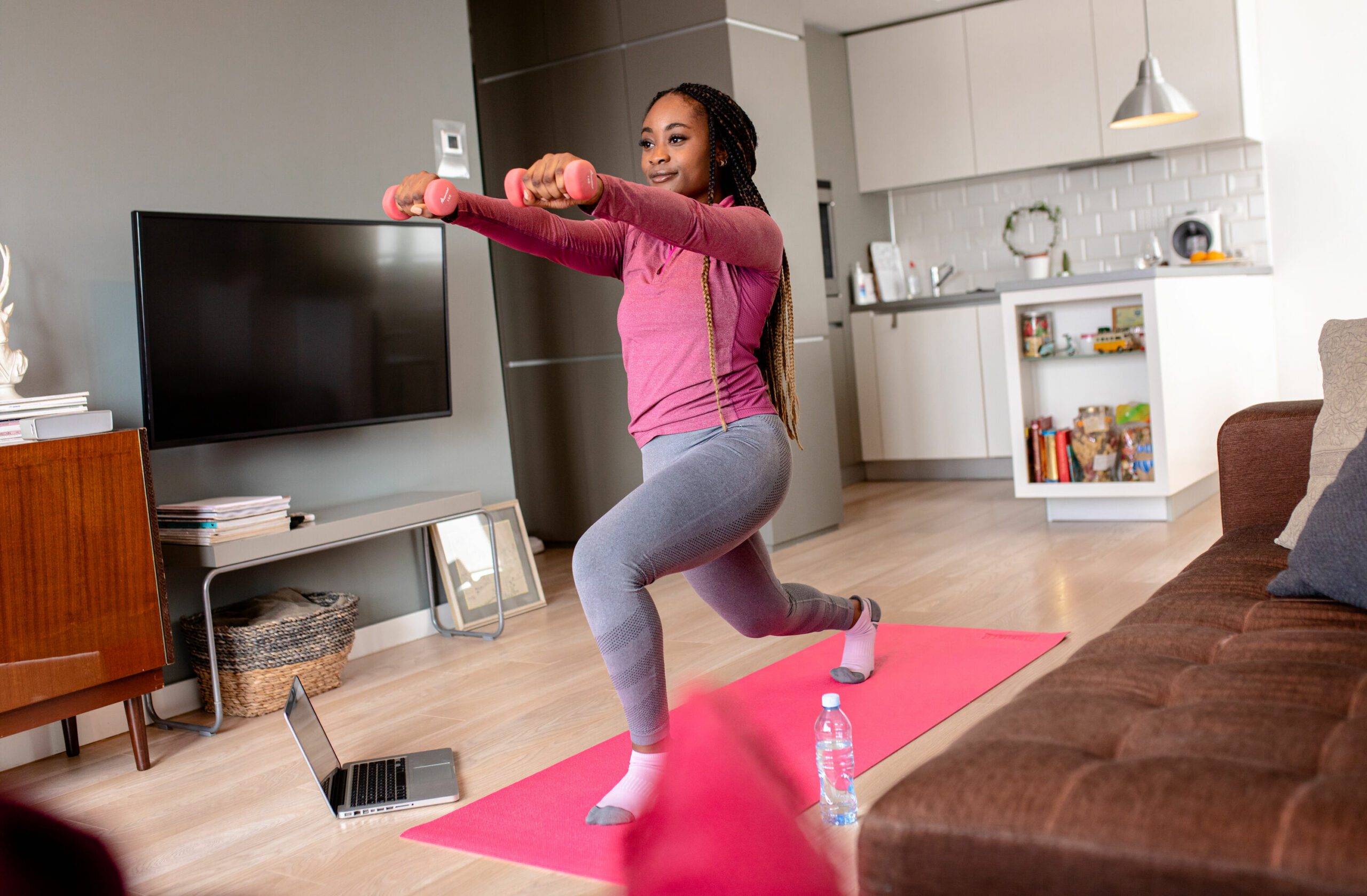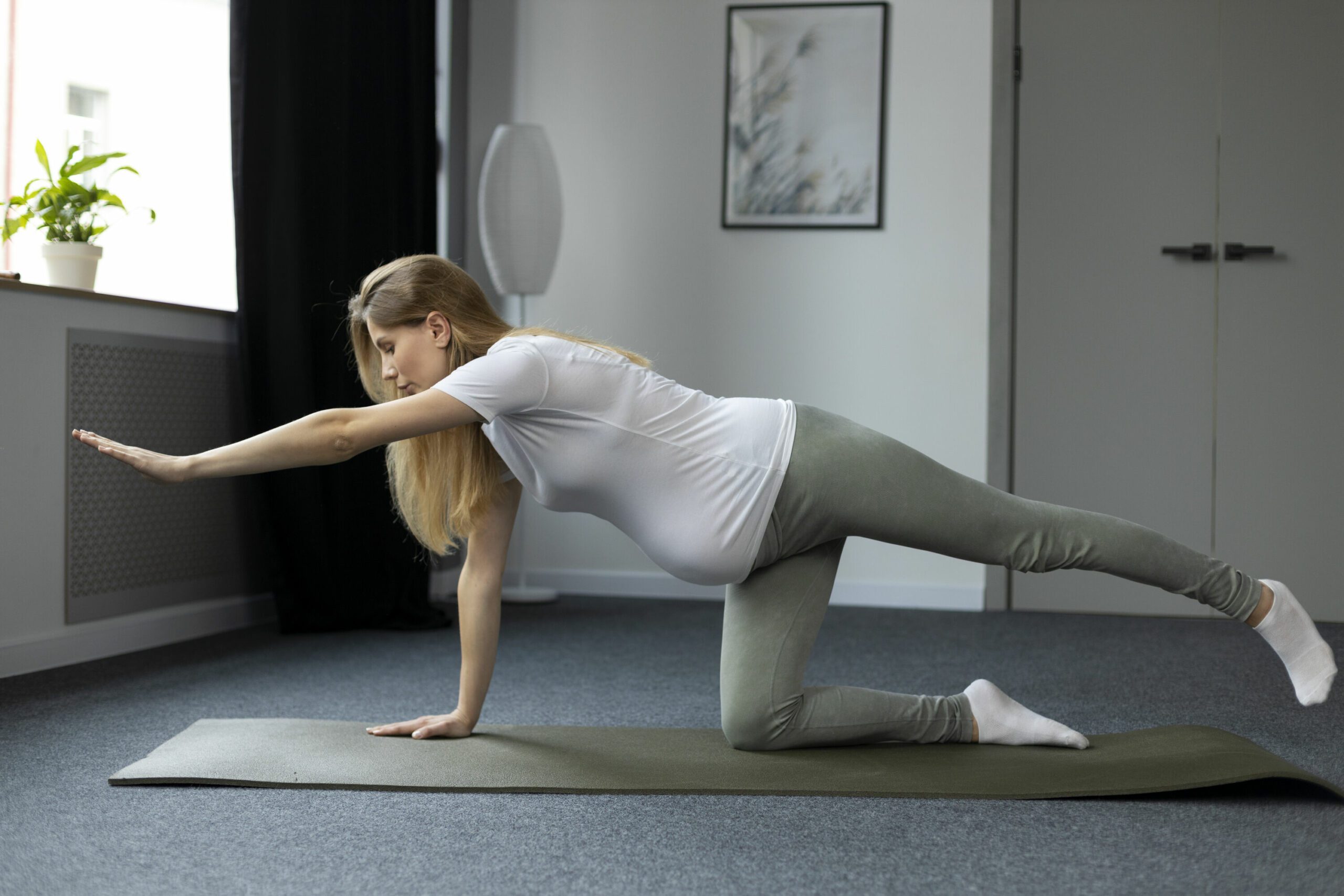Perhaps you don’t enjoy exercising, or maybe you have a very busy schedule and struggle to find enough time to exercise? Fortunately, it needn’t take a long time to do an effective workout that gets you in shape.
A lot of people believe that you need to spend a lot of time in the gym to be healthy and fit. It’s recommended that the majority of adults should take at least 150 minutes of exercise every week.
However, it can be difficult to achieve this goal. If you’re failing in this regard, or simply want to discover a better way to achieve results in a shorter timeframe, there are options open to you. In fact, just a half hour of exercise is able to make a big difference. Evidence shows that a short workout is often just as effective as a longer one.
How Little Exercise Can I Do To Be Healthy?
Official statistics say that healthy adults should do around 150 minutes of exercise each week. This equates to 30 minutes of moderate exercise on five days of the week. There is a more efficient way of getting the recommended amount of weekly exercise by fitting it into three days, however. You can do 75 minutes of more intense exercise on just three days out of every seven, saving yourself time.
If you’re ready to up your intensity level and fit your weekly workout quota into just three days, there are a few things that you can try to make the process more efficient and effective.
HIIT Workouts
A top choice of vigorous workout right now is HIIT – high intensity interval training. This type of workout gives you a lot of bang for the buck in terms of burning a lot of calories during a short timeframe.
Another benefit of HIIT workouts is that they come in many different varieties. HIIT can be done while jumping rope, spinning, or running among other options – the only thing to remember is that your heart rate needs to spike then you need to take a short recovery period afterwards.
Interval training formats trigger the Excess Post-Exercise Oxygen Consumption (or EPOC) effect. HIIT workouts add around 5%-15% of the exercise session’s total energy cost as they require more energy from your anaerobic pathways and produce an extended Afterburn Effect.
Doing Full Body Moves
If HIIT workouts aren’t for you, another option is to do full-body moves. Many people choose to work on different areas of the body over the course of their week. Working different muscles groups on different days is one tactic to get yourself in shape.
As an example, you may lift weights and work out your arms on a Monday, then do an ab workout on a Tuesday. While this approach makes sense, it isn’t the most efficient option. If you miss one workout, then you’ll miss out entirely on working out that specific body part.
The best approach is to do workout moves which use the whole body so you’ll never miss out one muscle group whenever you work out. Planks and push-ups are just two examples of effective full-body moves.
Challenging Low-Impact Workouts
There is a misconception that low-impact work outs won’t help you achieve your fitness goals, but that isn’t always the case. As long as the low impact workout you choose is sufficiently challenging, it will still help you to improve your overall fitness effectively.
HIIT training may be a highly efficient way of burning calories and boosting your strength, but it isn’t the only option. In fact, it isn’t a safe choice for an everyday workout as it’s very intense and could end up causing you an injury. Daily HIIT training is very extreme and often causes overtraining and injuries. You should, therefore, aim to balance your HIIT, cardio, strength, and balance during the week.
Alternating HIIT workouts with lower impact workouts is one way to maximise your gains. A barre or Pilates class can be a great option to add into your routine as the movements involved aren’t high impact however they still improve your strength and elevate your heartrate.
How Often Do I Need To Work Out Each Week?
When you put your workout routines together each week, it’s best to aim to do something on at least five days out of the seven. If you’re a complete beginner to exercising, you should build up slowly to five days – just start off doing whatever you’re able to then work up to working out for half an hour each day. If you’re already an experienced exerciser, though, you should try to do your half hour on five days of the week from the outset.
When it comes to structuring the kinds of workouts you’re going to perform every day, you should aim for variety. Sticking with just one type of workout can be very dull and lead to poor adherence to your workout programme. It can also lead to overtraining, especially if you’re planning to add HIIT workouts into your regime.
You should try breaking up your workouts into HIIT, strength, and cardio. One option is to have two cardio workout days followed by two strength training days and a final day of HIIT workout. Cardio exercises can involve cycling, running outdoors, using the treadmill or using a rowing or elliptical machine in the gym. On strength training days, you could use your own body weight, kettlebells, or traditional weights.
When choosing the right HIIT workout for you, it’s best to combine strength exercises with cardio. Try to increase your heart rate then take a short recovery period. Jump squats, speed push ups, and burpees will all help you to achieve this goal, elevating your heart’s beats per minute and helping you to burn more calories.
Mixing up your workouts is the key to success as you will be working on all aspects of your overall health and wellness – your strength, your heart, and your balance.







